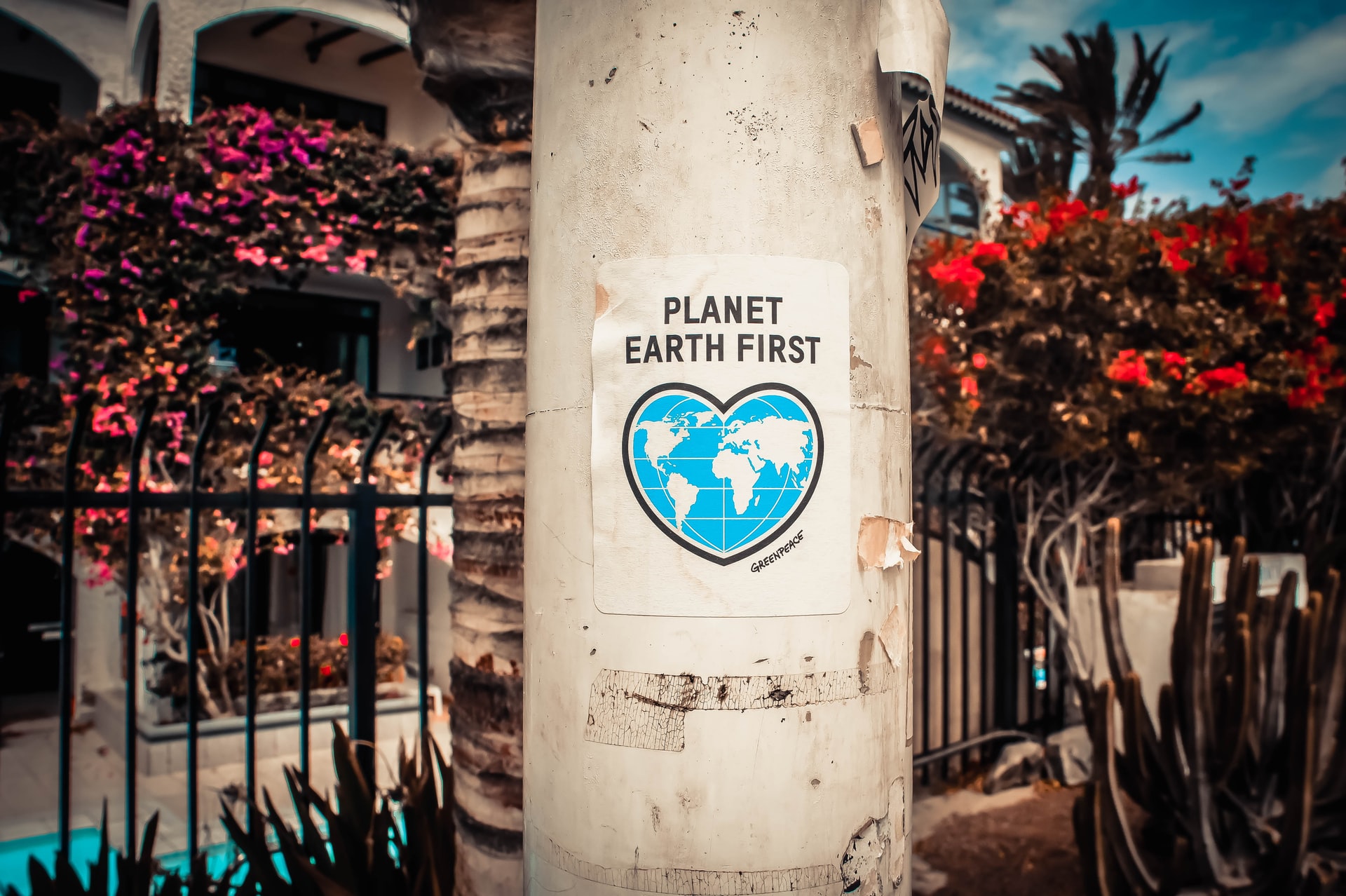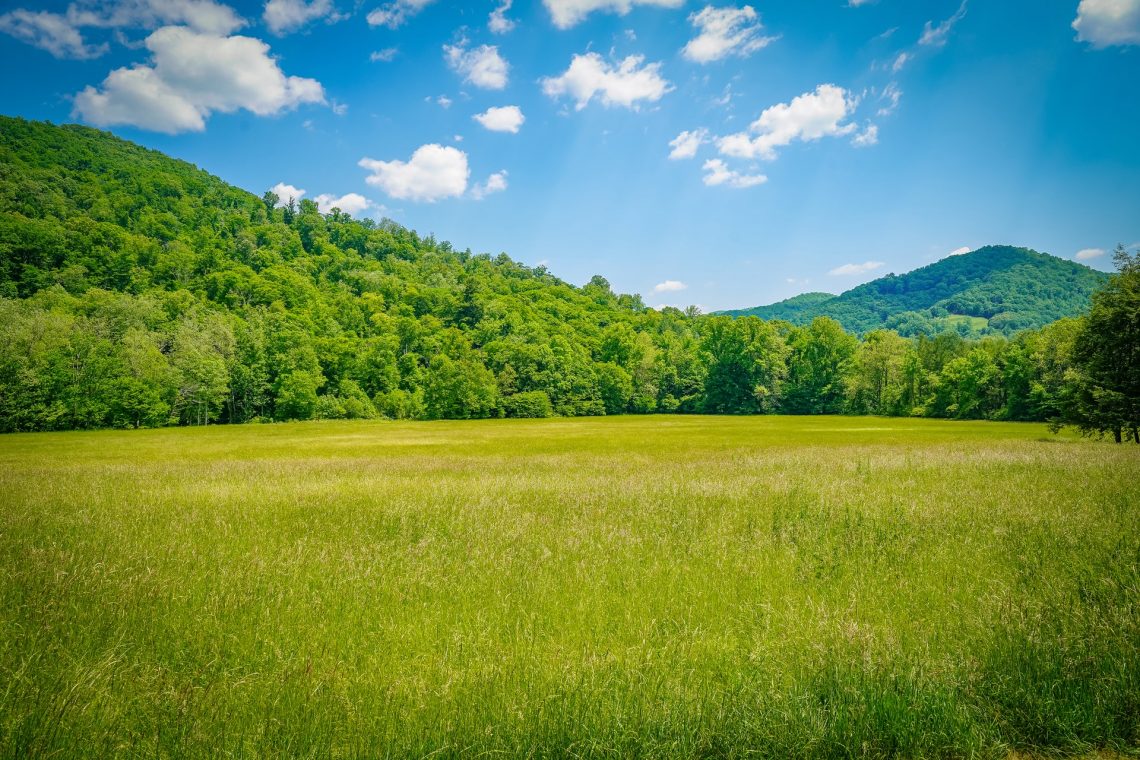The Danish government will direct funds from the anti-crisis fund to environmental initiatives
The Danish government has decided to strengthen measures in terms of climate initiatives. In this regard, 60% of the funds that were allocated for economic recovery after the pandemic will be spent on environmental programs. The amount is about 1.9 billion dollars. According to the agreement of the European Union, its members should allocate at least 37% of the total amount in the EU Anti-Crisis Fund for climate measures.
According to the Danish government, these funds should contribute to achieving the goal of zero-carbon emissions as quickly as possible. The authorities of the country have found a way out where to allocate investments competently and at the same time to minimize the negative impact of the pandemic on the economy.
It should be noted that Denmark has already spent about 34% of the allocated funds, they went to the tax reform. The latter involves providing assistance to various industries, so that the process of reducing carbon emissions went more smoothly. First of all, such measures are useful for industrial enterprises and the transport sector. According to analysts, such initiatives should help reduce harmful emissions by about 70 percent by 2030. In turn, the climate strategy adopted in the European Union suggests reaching a mark of 55% by this period.
Denmark is one of the leading countries in the segment of environmental preservation. Programs to protect the environment have been implemented here for a long time. Back in 2015, the country was recognized as a leader in its conservation policy. One of the initiatives to reduce carbon emissions is the promotion of cycling. In Copenhagen alone, there are more than 500 kilometers of bicycle paths, and the number continues to grow, as do cycling enthusiasts. The ability to ride a bicycle in the capital of Denmark has significantly reduced the number of cars, relieved the burden of highways and reduced air pollution. It has become traditional for most Danes to get to work by bicycle rather than by car, especially since the necessary infrastructure is in place. In addition, the country is developing alternative energy sources, their share in the production of electricity is about 50%, and in some regions of the country – much more. The government’s goal is to reach 90% by 2050, and judging by the active introduction of new RES facilities, it will be possible to cross that bar before the deadline. Special attention is paid to wind energy, and Denmark is the world’s leader in the development of innovations in this segment. Technologies for generating electricity from wind power are regularly improved here, and new turbine designs appear. In addition, the country regulates by law the protection of nature and preservation of some areas in pristine condition.
Programs to protect the environment have been implemented here for a long time. Back in 2015, the country was recognized as a leader in its conservation policy. One of the initiatives to reduce carbon emissions is the promotion of cycling. In Copenhagen alone, there are more than 500 kilometers of bicycle paths, and the number continues to grow, as do cycling enthusiasts. The ability to ride a bicycle in the capital of Denmark has significantly reduced the number of cars, relieved the burden of highways and reduced air pollution. It has become traditional for most Danes to get to work by bicycle rather than by car, especially since the necessary infrastructure is in place. In addition, the country is developing alternative energy sources, their share in the production of electricity is about 50%, and in some regions of the country – much more. The government’s goal is to reach 90% by 2050, and judging by the active introduction of new RES facilities, it will be possible to cross that bar before the deadline. Special attention is paid to wind energy, and Denmark is the world’s leader in the development of innovations in this segment. Technologies for generating electricity from wind power are regularly improved here, and new turbine designs appear. In addition, the country regulates by law the protection of nature and preservation of some areas in pristine condition.










